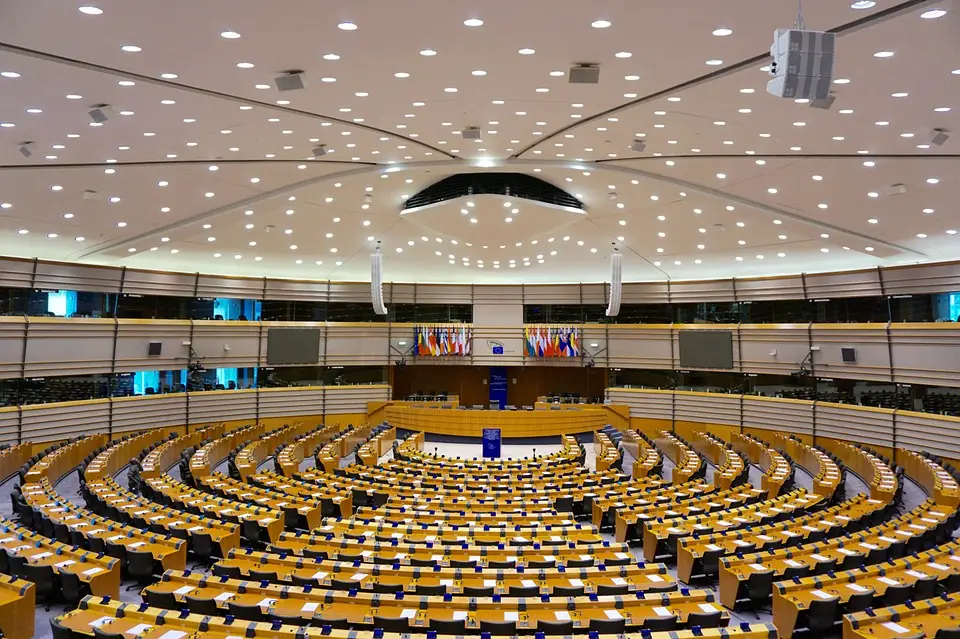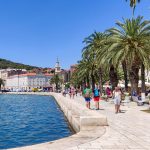As Poslovni Dnevnik/Ana Blaskovic writes, the Croatian state budget finally received a generous financial injection of 818.4 million euros, or 6.14 billion kuna, from the Belgian capital, more precisely from the recovery mechanism. This is, as stated, the largest single payout from the EU since Croatia’s accession to the bloc back in July 2013, but it is also the only amount guaranteed to Croatia, as all other payments will depend on the fulfillment of promised reforms.
If Croatia does the job as outlined in the National Recovery and Resilience Plan, a non-refundable amount totalling a massive 47.5 billion kuna should reach the budget by 2026.
The government headed by PM Andrej Plenkovic announced on Tuesday that the money from the advance payment from the recovery mechanism “will be directed to reforms and projects that are the most ready and that can be realised first”.
These include support for the Rimac Automobili’s research and development project, investment in broadband access infrastructure and 5G network access, support for energy efficiency and renewable energy in industry, building decarbonisation projects, and water management projects which already have their project study documentation ready, as well as their tender documentation and building permits.
“Receiving advance funds for Croatia marks the beginning of the implementation of candidate investments within the recovery plan. After the phase of preserving jobs and economic stability under the circumstances caused by the COVID-19 crisis, we’re committed to the reform process and the use of secured European Union funds for rapid economic recovery and development, with a clear direction and two transitions – digital and green,” said Plenkovic.
The deadline for the implementation of all reforms and investments in the recovery plan is the 31st of August 2026. The Croatian national plan envisages 77 reforms and 152 investments and it is designed through five components and one initiative. 26.2 billion kuna relates to the economy, 4.36 billion kuna to public administration, the judiciary and state property, and 7.5 billion kuna to education and research.
2.09 billion kuna is planned for the labour market and social protection, while 2.56 billion kuna will be spent on the healthcare system. The “initiative” for the renovation of buildings will see 12 percent of the approved money, or 5.95 billion kuna, spent on it.
According to government projections, Croatian GDP in 2025 will be 4.2 percent cumulatively higher than it would be without the plan. In the last year of its implementation, meaning 2026, Croatian gross domestic product should be around 17 billion kuna higher than it would have been without the EU cash injection from the recovery mechanism.
For more, make sure to check out our politics section.











